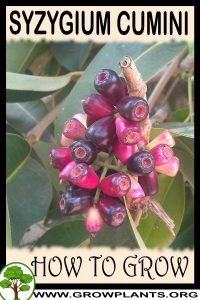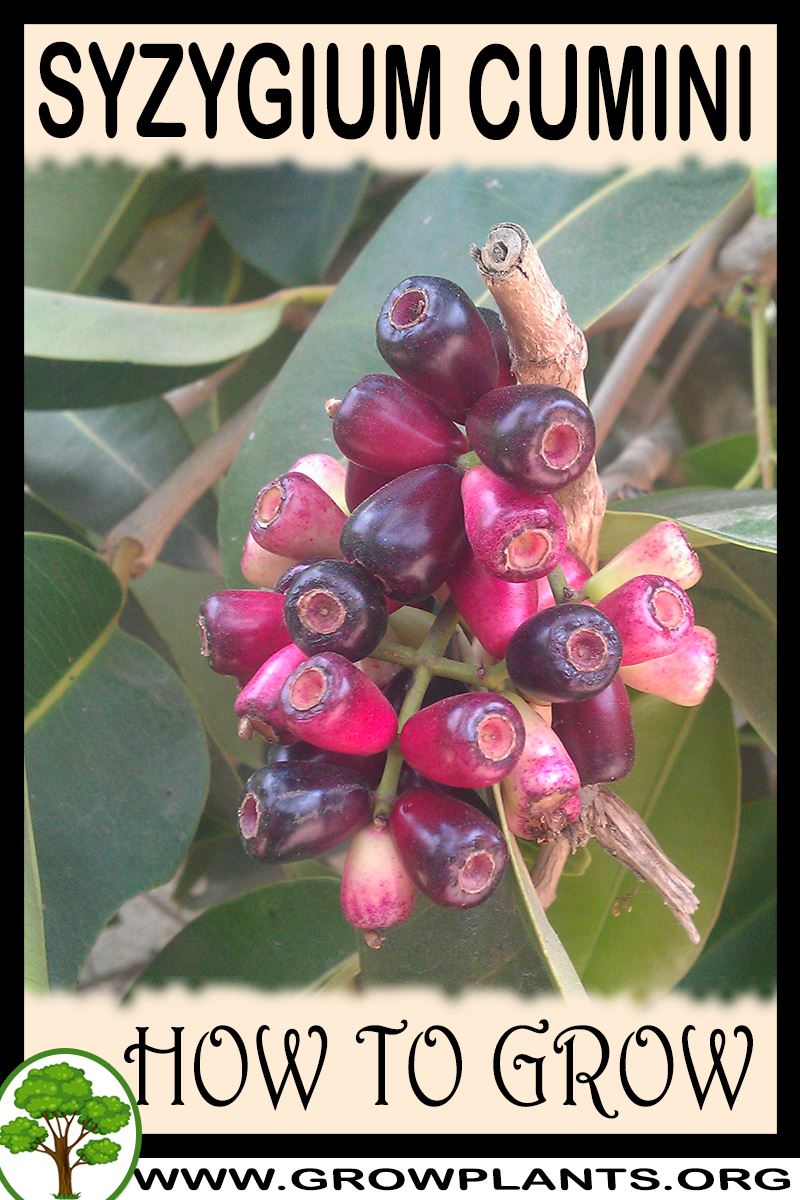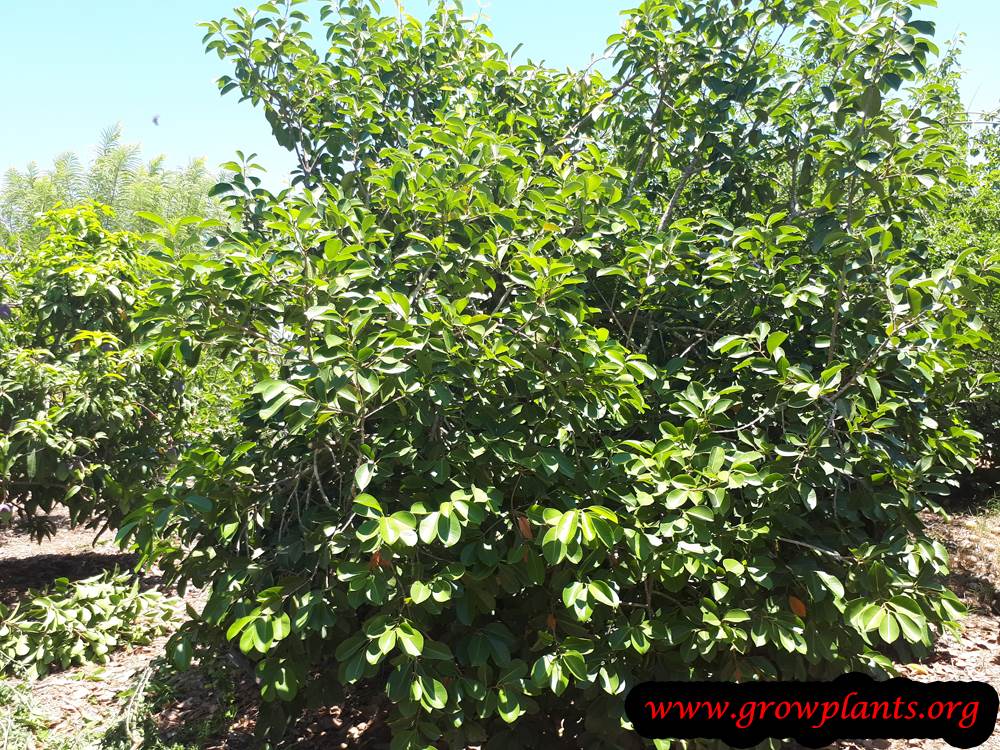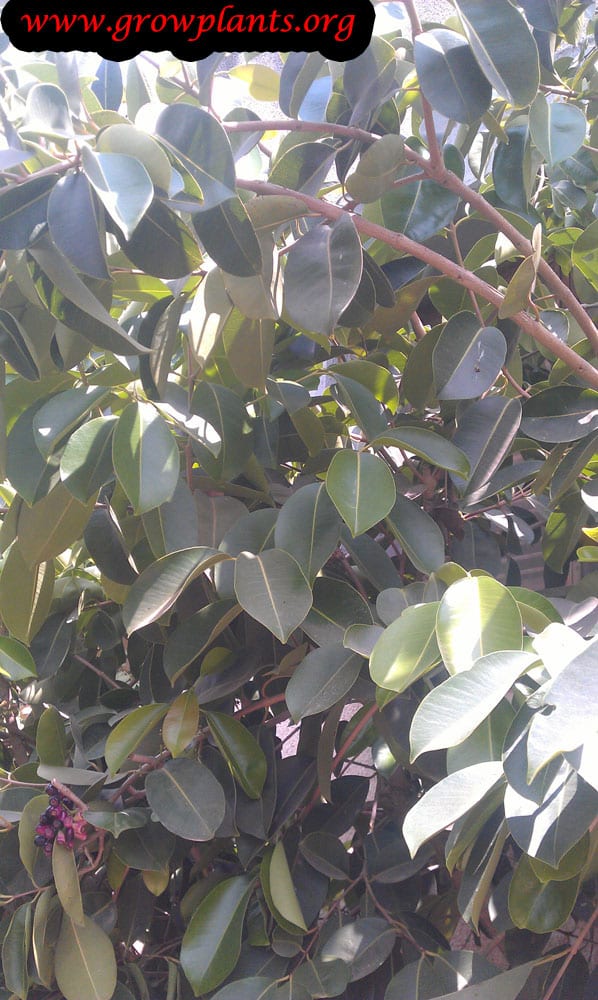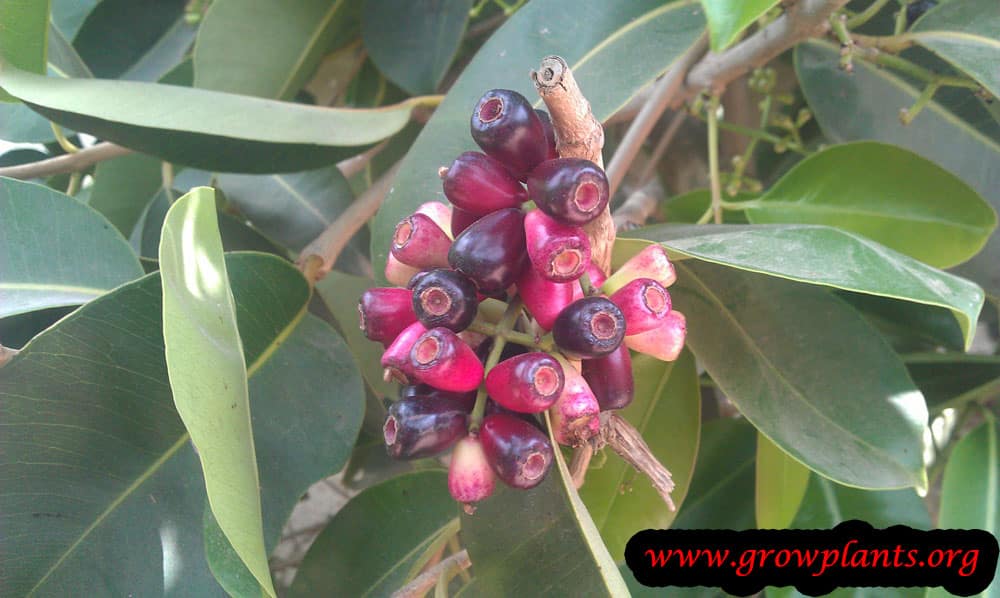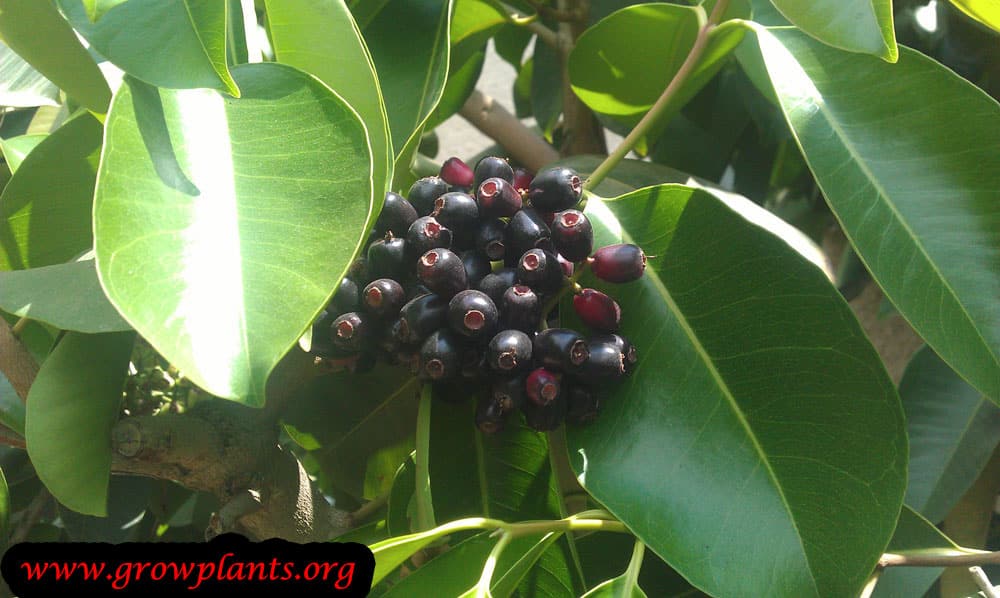How to grow Syzygium cumini growing and care:
Better frost free, when the tree is young have to be frost free or cover it, rich soil, organic matter
How to care:
Fertilize once a year, prune infected branches and better to prune one a year, add organic matter, when the soil dry better to add mulch
What is the best way to start growing?
Plant / Seed (propagate by seeds explanation bellow)/ Cutting / Air layering
Is it necessary to graft or use vegetative reproduction?
No, but if the fruits: dry, small, without a lot of flesh consider to graft, easy to start by seeds and need fresh seeds
Difficulties or problems when growing:
Seeds grow too easily and can be reseed in the garden
Planting season:
Spring, summer, autumn
How to plant:
Dig a hole as deep as the current root ball plus extra 30-50%, put in the hole organic matter, hummus and dried leaves and mix it with some soil, put the tree and loos little bit the root ball above the hole, plant the tree, cover it and don’t push the soil too much strong but not too much lightly because it won’t be stable, after this put mulch and dead leaves on the soil to keep moist on soil, put water every day for the next two weeks (better in the morning) , better to take care that the tree will be stable, and if not support it with bamboo or a stick that it won’t fall.
Pests and diseases:
Aphids, ants, mealy bugs
Pruning season:
Autumn to winter or directly after the fruits
How to prune:
For design, for easier fruit pickup, when the tree full of aphids better to cut the leaves and collect all the infected leaves and put them far away
Size of the plant:
7-20 m, 21-60 feet, possible to grow as dwarf 2-4m (6-12 feet)
Growth speed in optimal condition:
Fast growing / Medium growing
Water requirement:
Average amount of water
Light conditions in optimal condition for growing:
Full Sun
Is it possible to grow as houseplant?
No
Growing is also possible in a planter /flowerpot / containers:
Yes
How to grow Jamun tree in a pots:
When grow in pot need to keep the plants small, start with pot that will be 20-50% more than the root ball, bigger the plant smaller the percentage, every time that the tree arrive to full capacity need to switch to bigger until arrives to desirable size, better to use this method because the soil lose the viability over time and it’s efficient of care for the tree, when the plant big need to switch part of the soil in the pot easier to take of the sides, drainage it’s important and need to make holes and to use peat soil and maybe some lava grit in the bottom or something like that, put a bottom for the container and when water the plant let it fill the bottom but also need to dry in the same day, if the water stay it mean too much water, reduce, also when growing in pot need to put fertilizer 3-4 times a year, organic material and humus.
Blooming information
Bloom season:
Spring
General information about the flower
Fragrant flower, color white with multiple stamen like needle, the flowers grow in clusters,
Pollination is done by:
Bees
Edible fruits
Fruit harvest season:
Spring / early summer
Fruits pests or diseases:
Birds, fruit fly
What can be done with big quantities of Syzygium cumini fruits?
Eat raw,
Work requirements on the fruit:
Nothing special
How long does it take to bear fruit?
2-4 years
Ripening of fruit
Require to eat it fully ripen cause the fruit astringent
How to grow Syzygium cumini from seeds
Sowing requirement:
Fresh seeds the seeds lose their viability, rich soil, sunny location,
Saving seeds until sowing:
Room temperature, dark and dry location
Sowing season:
Possible from spring to autumn but will be the best in spring to early summer and in hardiness zone 10a after the last frost, in tropical climate possible also in the winter
Planting spacing:
Better plant each one in different pot because it’s easy to take care and then choose the best to transplant in the right location
Depth of Sowing:
2cm (1inche) from the top of the seeds
Conditions for seeds germinate:
Moist soil and full sun, peat soil and perlite or other light soil
Watering requires for Seeds:
Average amount of water – keep the soil moist don’t let the soil dry, maybe put mulch to help to keep the moist of the soil
Germination time:
2 weeks to 1 month
Condition of seedling:
Seedling needs support of fertilizer with nitrogen in order to grow faster, weed free area and they will grow faster also sunny location and warm weather
Scientific name:
Syzygium cumini
Alternative names: Syzygium cuminii, Java Plum, Malabar plum, Black plum
Java Plum, Jambolan or Jamun tree, syzgium cumini, syzigium cumini, jambul tree, eugenia cumini
Categories
| Blooming Seasons |
|
|---|
| Edible Parts |
|
|---|
| Culinary uses |
|
|---|
| Flower colors |
|
|---|
| Climate |
- Mediterranean Climate
- Subtropics Climate
- Tropics Climate
|
|---|
| Harvest Season |
- Spring Harvest
- Summer Harvest
|
|---|
| Leaf color |
|
|---|
| Ornamental parts |
- Ornamental flower
- Ornamental leaves
- Ornamental plant
|
|---|
| Plant growing speed |
- Average growing plants
- Fast growing plants
|
|---|
| Plant life-form |
- Evergreen
- Perennial plant
- Tree
|
|---|
| Plant Uses |
- Colored leaves
- Edible plants
- Ornamental plants
|
|---|
| Planting Season |
- Autumn Planting
- Spring Planting
- Summer planting
|
|---|
| Plants sun exposure |
|
|---|
| Watering plants |
|
|---|
| Hardiness zone |
- Hardiness zone 10
- Hardiness zone 11
- Hardiness zone 12
- Hardiness zone 13
- Hardiness zone 9
|
|---|
